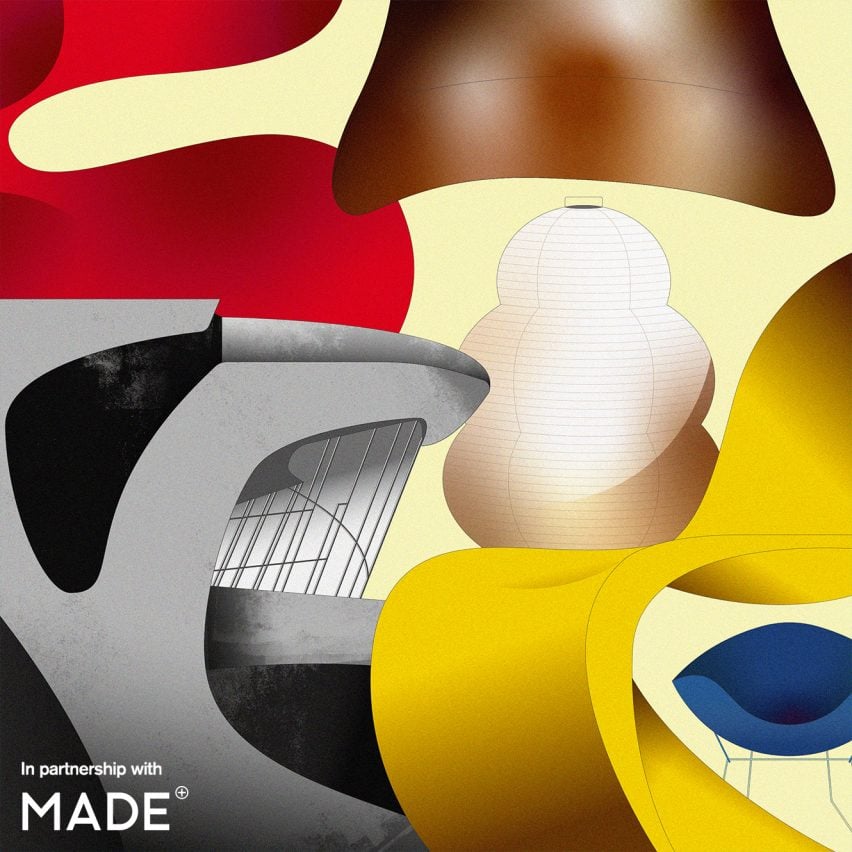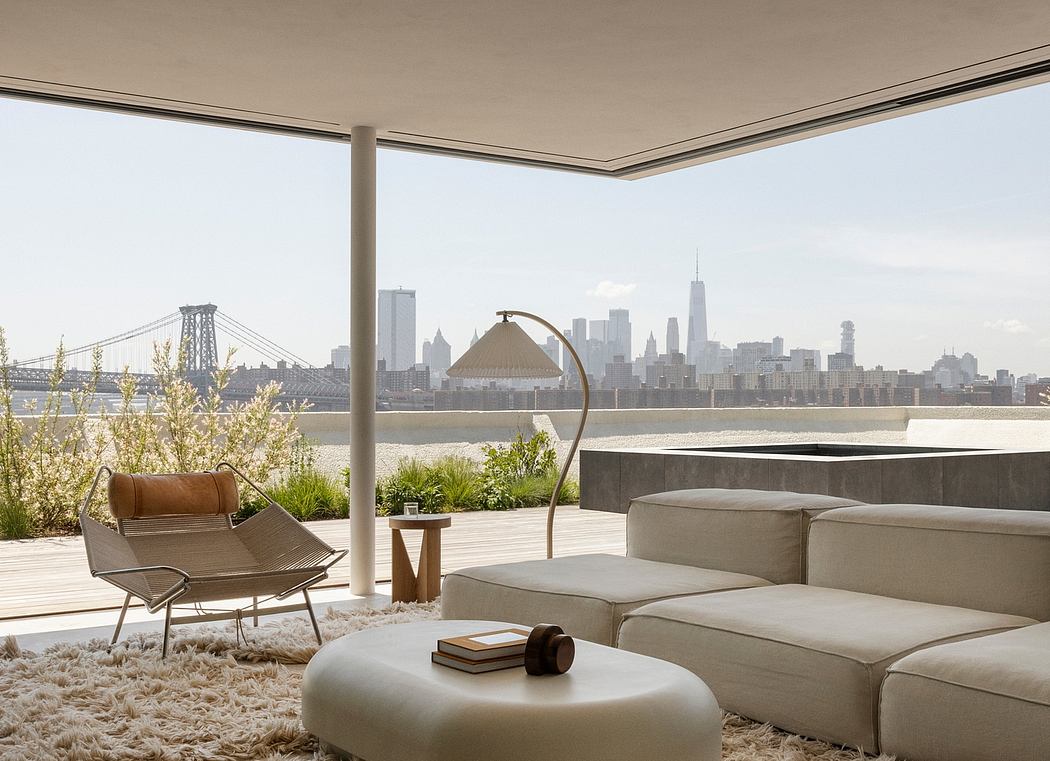Mid-century modern design "embraced a more human aesthetic while remaining aggressively forward-looking"

More than 70 years after its birth, the popularity of mid-century modern design and architecture shows no signs of abating. This overview by Penny Sparke kicks off our series about the movement.
Mid-century modern design is hard to pin down. As soon as you think you have grasped it, it re-invents itself. Unlike the late 19th- and early 20th-century architecture and design movements ? arts and crafts, art nouveau, art deco, and Bauhaus ? which are all linked to specific time periods, places, and visual styles, the definition of what constitutes mid-century modern is in constant flux.
Also, while all the earlier movements have been revived from the 1970s onwards, they have tended to come and go. Mid-century modern's rebirth, however, has been in place since the 1990s and, three decades later, is still going strong. Mid-century modern design, like the Eames House, is still popular. Photo by Leslie Schwartz and Joshua White, courtesy of Eames Office
Antique shops and auction houses are full of boomerang-shaped coffee tables with spindly metal legs and lightly decorated ceramic and glass items ? the prices of which continue to soar ? while popular home magazines across the globe show us easy-to-live-in interiors filled with elegant Danish chairs, sculptural room dividers, patterned textiles, modern paintings, and sprawling houseplants.
Mid-century modern design usually associated with the home
If we can say anything definite about mid-century modern design, it's that it is usual...
| -------------------------------- |
| RCR Arquitectes wins Pritzker Prize for 2017 |
|
|
Villa M by Pierattelli Architetture Modernizes 1950s Florence Estate
31-10-2024 07:22 - (
Architecture )
Kent Avenue Penthouse Merges Industrial and Minimalist Styles
31-10-2024 07:22 - (
Architecture )






